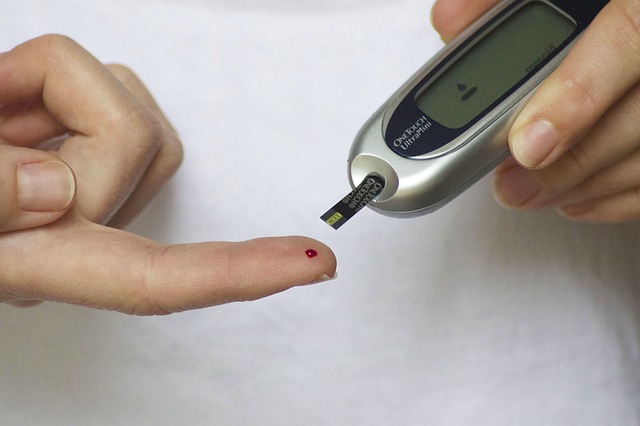The rise of childhood obesity in the United States has alarmed health expert for the past decade. Around 17% of American children and adolescents are now considered obese – triple the number in the 1970s, the Centers for Disease Control and Prevention says.
As a result of this, there has been a corresponding increase in childhood type 2 diabetes, the Los Angeles Times reports. In the past, type 2 diabetes was a condition more commonly seen in older adults, taking years to develop. But now, doctors are increasingly diagnosing type 2 diabetes in toddlers and school-age children.
Researchers examined data on 10- to 19-year-olds in five states, and found that 12.5 out of every 100,000 had a confirmed case of type 2 diabetes in 2011 and 2012. In 2002 and 2003, there were nine cases per 100,000. This translates to 1,500 more children and teens who are being diagnosed each year.
After factoring in age, gender, race and ethnicity, the researchers determined that in this age group, the incidence of type 2 diabetes went up 4.8% during their study period. The states covered were California, Colorado, Ohio, South Carolina and Washington. This increase came regardless of age, gender, race or ethnicity, except for white children and teens in Ohio.
When the researchers looked at the data according to age, they found that there was little difference between 10- to 14-year-olds and 15- to 19-year-olds, so the disparity between children and teens is not so great.
Globally, the number of people living with diabetes-related conditions has increased by close to 33% between 2005 and 2015.
The number of years of life that type 2 diabetes claims also rose by 25% in the same time period.
The earlier type 2 diabetes starts, the more damage it can potentially do to a person. This means that even though doctors are treating diabetes more efficiently, “the overall adverse effect of diabetes on public health is actually increasing,” an editorial in the New England Journal of Medicine says.
The report was published in the New England Journal of Medicine.
























